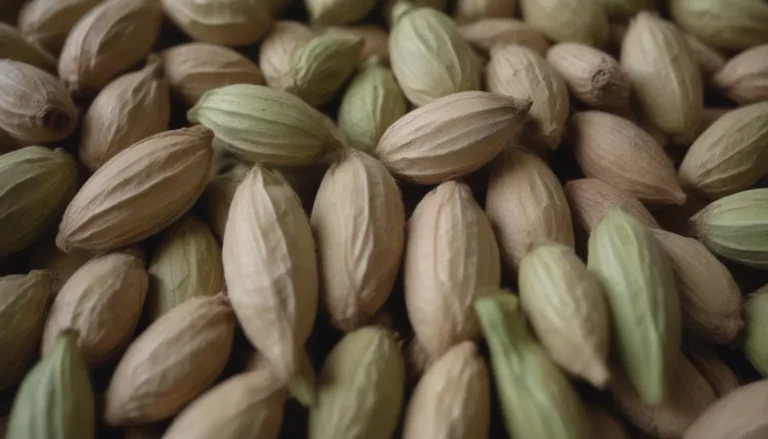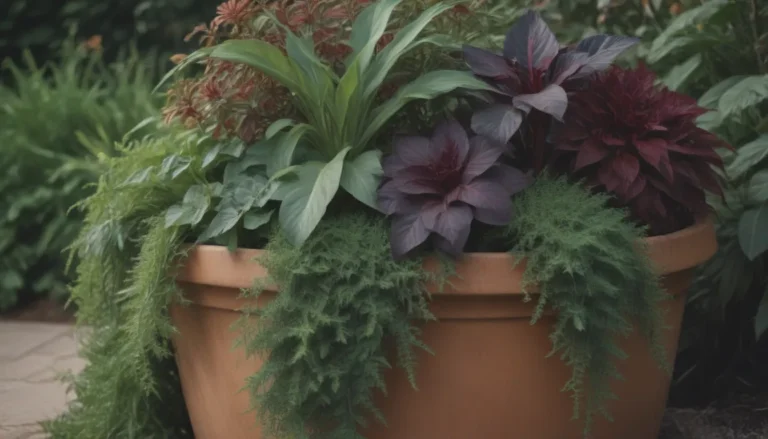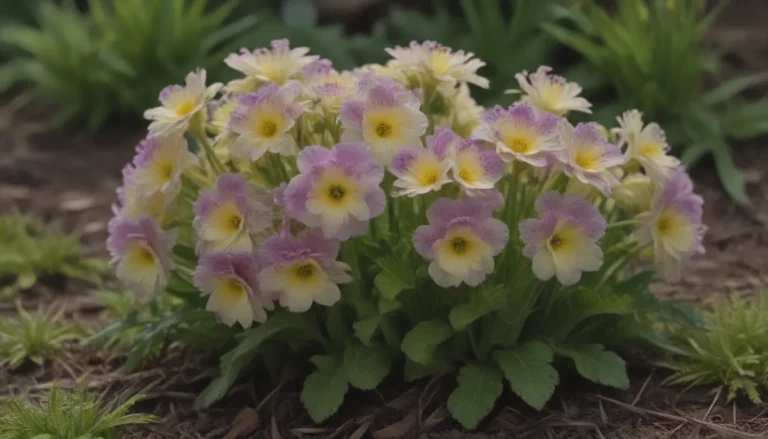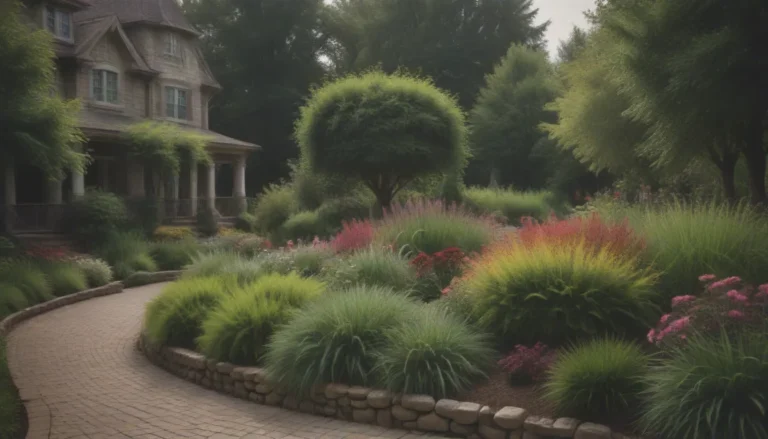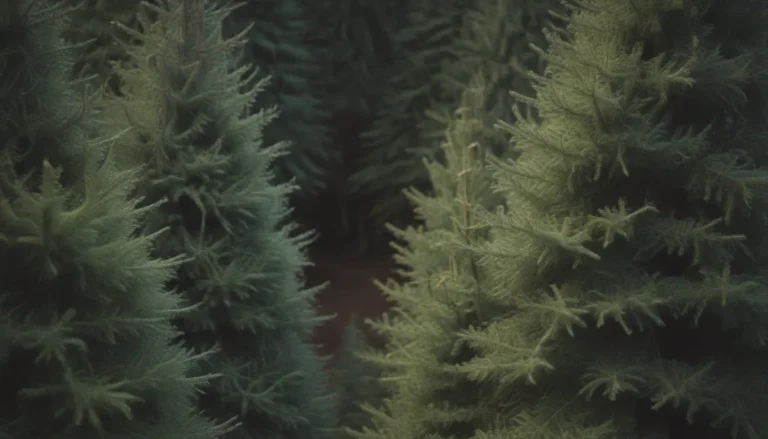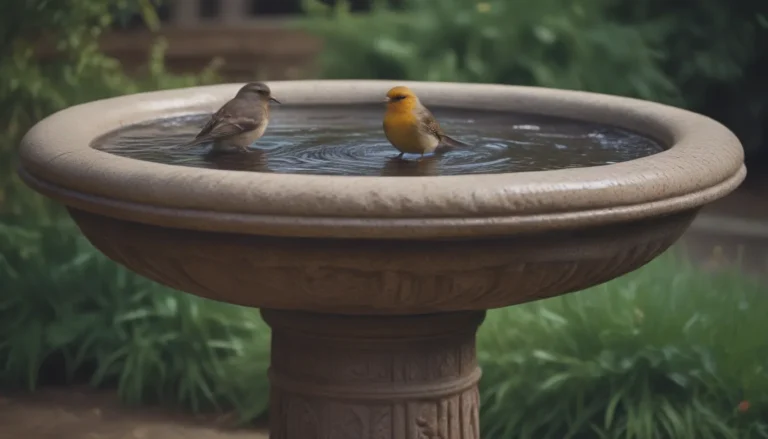A Comprehensive Guide to Growing and Caring for the Japanese Umbrella Pine
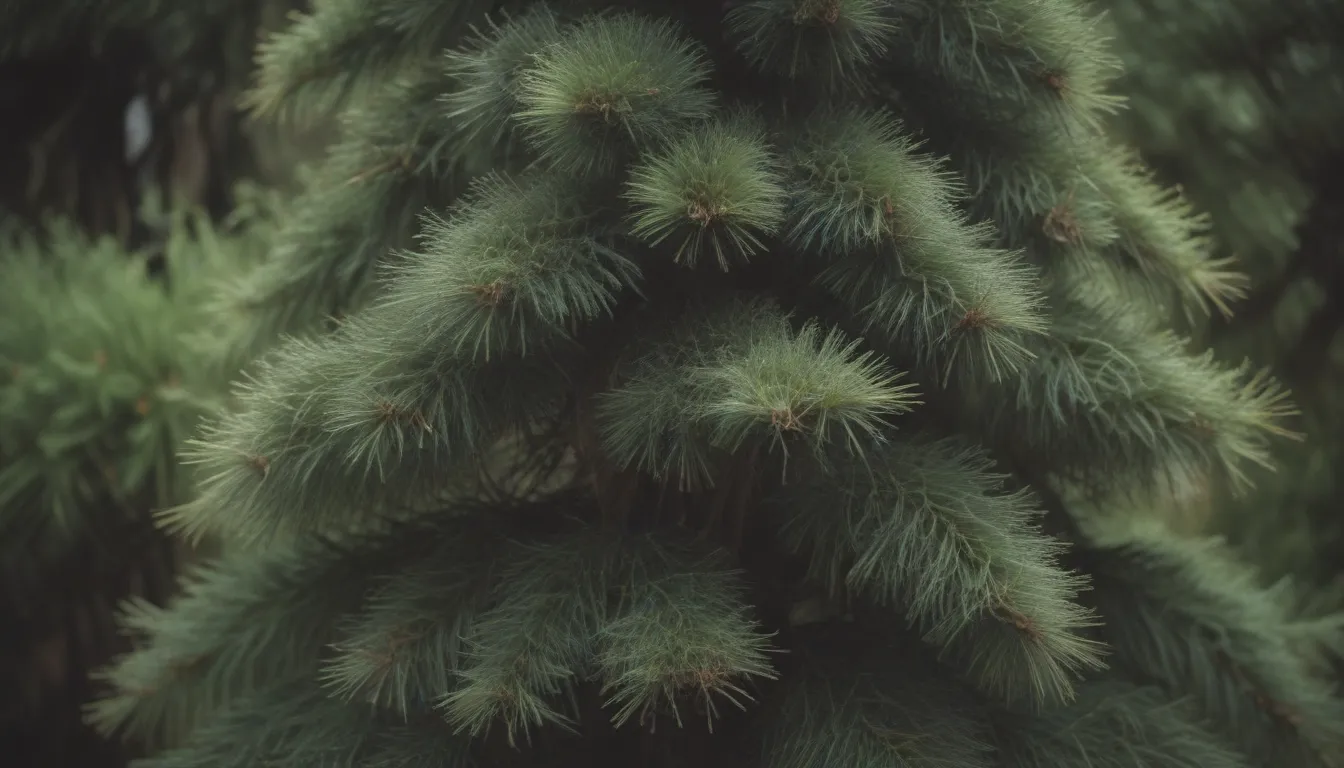
If you’re looking to add a unique and striking tree to your garden, the Japanese umbrella pine is a fantastic choice. Known for its whorls of long, lustrous needles that resemble little parasols, this tree is a slow-grower that adds a touch of elegance to any landscape. Despite its name, the Japanese umbrella pine is not a true pine tree, but rather a needled evergreen with a distinctive pyramidal shape.
In this in-depth guide, we’ll take you through everything you need to know to grow and care for your Japanese umbrella pine. From the best growing conditions to propagation tips and common issues you might encounter, we’ve got you covered.
Japanese Umbrella Pine Care
Here are the main care requirements for growing a Japanese umbrella pine tree:
Light
- This tree thrives in full sun, though in very hot climates, some afternoon shade may be beneficial.
Soil
- A loamy soil enriched with humus is ideal for the Japanese umbrella pine.
- Keep the soil slightly acidic to promote healthy growth.
Water
- Keep the soil evenly moist but well-drained by watering once a week in the spring and summer.
- Once established, the tree requires average watering, but it is not drought-tolerant and should be watered regularly during dry conditions.
Temperature and Humidity
- Japanese umbrella pines prefer high humidity and cool, breezy conditions.
- They may struggle in very hot climates, so it’s essential to provide adequate protection and shelter.
- Avoid exposing the tree to air pollution, as it does not tolerate poor air quality well.
Fertilizer
- Fertilize your Japanese umbrella pine with a balanced food containing equal amounts of nitrogen, phosphorus, and potassium in early spring.
Types of Japanese Umbrella Pine
These trees are rare and valuable additions to any garden, with several cultivars available, including:
- ‘Aurea’
- ‘Pendula’
- ‘Variegata’
- ‘Wintergreen’
Pruning
Due to its slow growth, pruning requirements for the Japanese umbrella pine are minimal. However, if you prefer a more narrow shape, consider removing multiple trunks to promote the growth of a single central leader.
Propagating Japanese Umbrella Pine
You can propagate Japanese umbrella pine trees through seeds or cuttings. While cuttings offer a quicker method of propagation, seeds can also be used by following these steps:
How to Grow Japanese Umbrella Pine From Seed
Growing a Japanese umbrella pine from seed can be challenging, but it is possible with patience and care. The tree produces seed cones that will need to be stratified before planting in the spring. Here are the steps to follow:
- Harvest seeds from mature cones.
- Stratify the seeds to break dormancy.
- Plant the seeds in well-draining soil in the spring.
Overwintering
Protect your Japanese umbrella pine from harsh winter winds by mulching around the base of the tree to retain moisture and prevent windburn.
Common Pests & Plant Diseases
Fortunately, the Japanese umbrella pine is not prone to serious pests or diseases, making it a relatively low-maintenance tree to care for.
Common Growing Problems
- Leaves Falling: If you notice leaves falling from your tree, it could be a sign of stress. Ensure the tree is receiving adequate light and is not exposed to excessive heat.
- Yellowing Leaves: Yellowing leaves are typically a sign of a water issue. Adjust watering to ensure the soil is consistently moist but well-drained.
The Japanese umbrella pine’s slow growth rate makes it a unique addition to any garden. With only about 6 inches of growth per year, this tree will take time to reach its mature height. While it may not reach its full size in your lifetime, caring for a Japanese umbrella pine is a rewarding experience.
If you choose to grow your Japanese umbrella pine in a container, keep in mind that its roots require ample space to spread out in rich, well-draining soil. Over time, the tree may outgrow its container and need to be planted in the ground to continue thriving.
In conclusion, the Japanese umbrella pine is a remarkable tree with a long lifespan and a unique appearance. By providing the right growing conditions and care, you can enjoy this beautiful tree in your garden for years to come. Remember to water regularly, fertilize in spring, and protect the tree from harsh weather conditions to ensure its health and longevity.
Whether you’re a seasoned gardener or a beginner looking to expand your plant collection, the Japanese umbrella pine is a fantastic choice that will add beauty and elegance to your outdoor space. Happy gardening!
